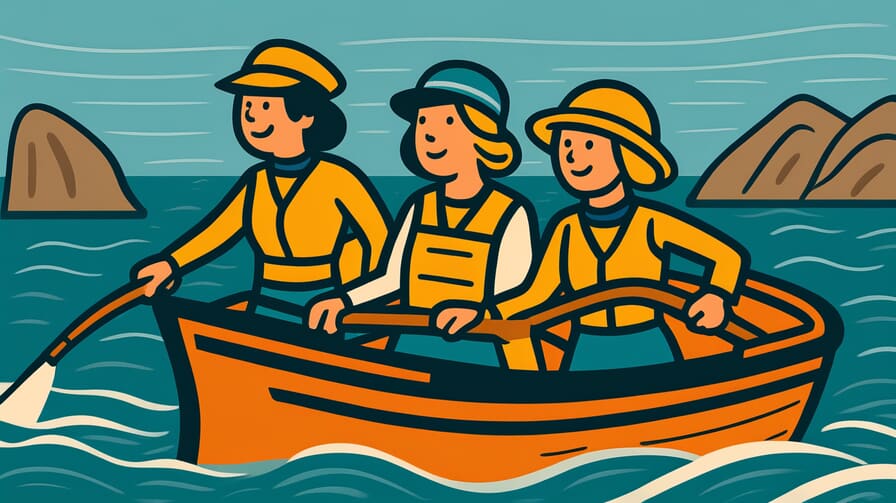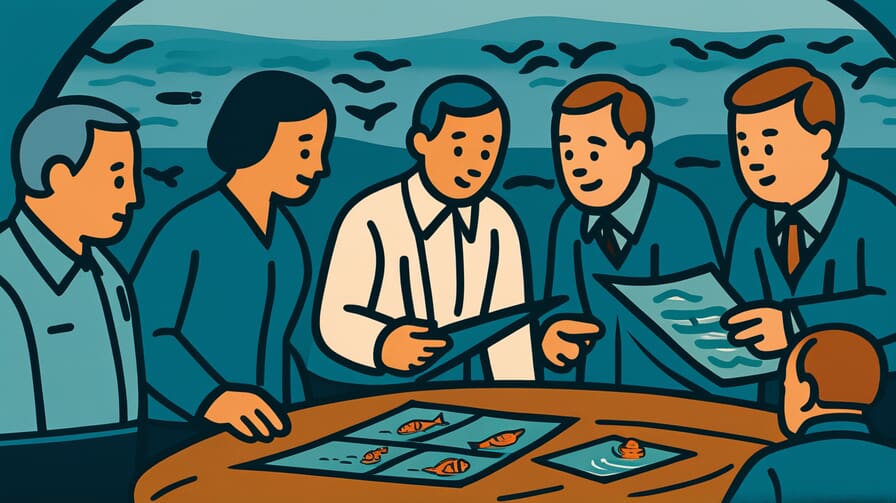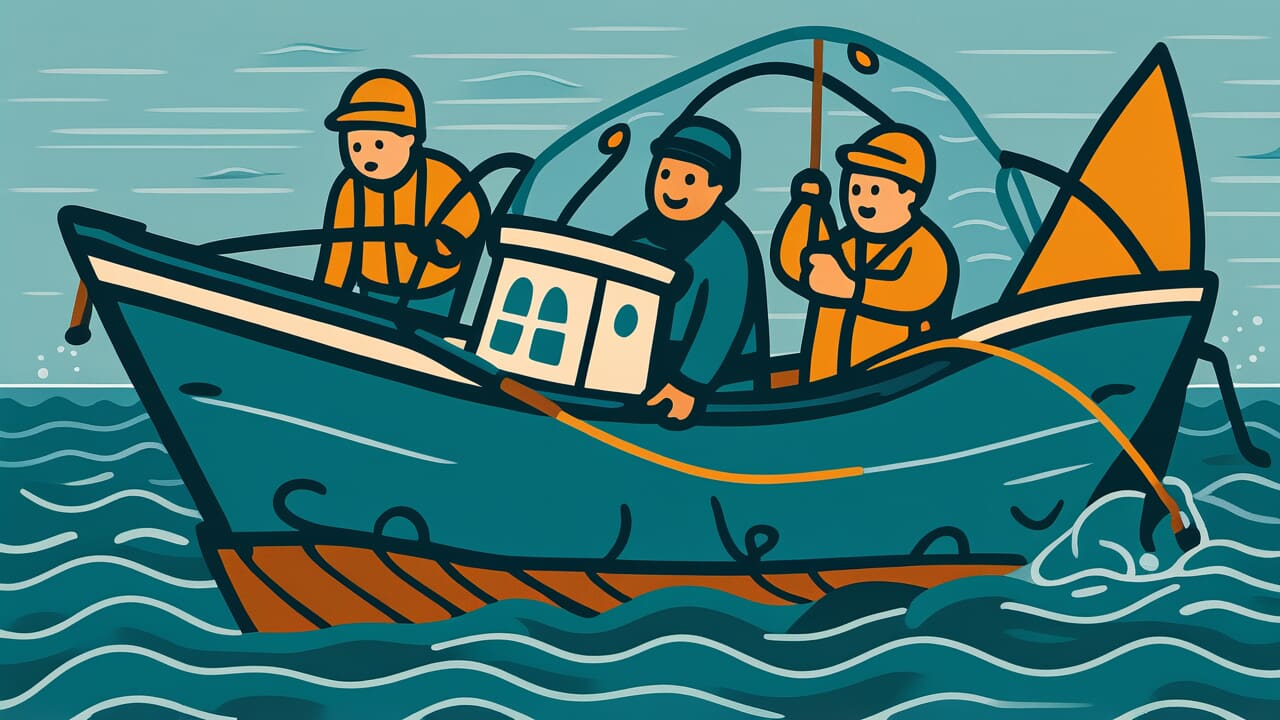[Disclaimer] This article is reconstructed based on information from external sources. Please verify the original source before referring to this content.
News Summary
The following content was published online. A translated summary is presented below. See the source for details.
The European Commission has put forward its proposal for 2026 fishing opportunities in the Baltic Sea, continuing the annual process of setting Total Allowable Catches (TACs) and quotas. This proposal, expected to be adopted on August 26, 2025, aims to balance sustainable fishing practices with the needs of fishing communities. The Commission’s recommendations are based on scientific advice from the International Council for the Exploration of the Sea (ICES), focusing on the recovery of vulnerable stocks such as cod and herring. The proposal emphasizes the ongoing critical state of the Baltic Sea ecosystem, with zero catch recommendations for both western and eastern Baltic cod stocks. The draft will undergo review by EU member states before final decisions are made by the Council of EU Fisheries Ministers, highlighting the continued importance of the Baltic Sea as a key fishing area requiring specific EU regulations. This process underscores the EU’s commitment to the Common Fisheries Policy objectives and the Baltic Multiannual Plan for sustainable fisheries management.
Source: European Commission Press Corner
Our Commentary
Background and Context

The European Union’s approach to managing fisheries in the Baltic Sea reflects the complex interplay between environmental conservation and economic interests. The Baltic Sea, a semi-enclosed body of water, has been subject to intense fishing pressure and environmental challenges for decades. The EU’s Common Fisheries Policy (CFP) provides the overarching framework for managing this delicate balance, with the European Commission playing a crucial role in proposing annual fishing quotas based on scientific advice.
Expert Analysis
The Commission’s proposal for 2026 Baltic Sea fishing quotas demonstrates the EU’s ongoing commitment to sustainable fisheries management. However, it also highlights the persistent challenges facing the Baltic ecosystem, particularly concerning vulnerable species like cod and herring. The continued recommendation for zero catches of both western and eastern Baltic cod underscores the critical state of these stocks and the need for stringent conservation measures.
Key points:
- The annual quota-setting process remains in place, allowing for responsive management based on the latest scientific data.
- There is a clear tension between scientific recommendations and political decisions, with some quotas in recent years exceeding ICES advice.
- The Baltic Multiannual Plan continues to guide long-term management strategies, emphasizing the need for ecosystem-based approaches.
Additional Data and Fact Reinforcement
Recent data and regulations provide context for the 2026 quota proposals:
- Regulation (EU) 2024/257 set fishing opportunities for 2024-2026 in EU and certain non-EU waters, demonstrating multi-year planning alongside annual reviews.
- A six-month closure period for commercial fishing of European eel was extended for 2024–2025, indicating ongoing species-specific conservation efforts.
- The European Commission’s “Fishers of the Future” study is assessing long-term strategies for EU fisheries up to 2050.
Related News
The ongoing accession process of several candidate countries to the EU, particularly Montenegro’s potential membership around 2028, may influence future Baltic Sea fishing regulations. However, as of mid-2025, no new EU member states have joined that would affect current Baltic Sea fishing policies.
Summary

The European Commission’s proposal for 2026 Baltic Sea fishing quotas represents a continuation of the EU’s commitment to sustainable fisheries management. While the annual review process allows for adaptive management, the persistent challenges facing Baltic fish stocks, especially cod and herring, underscore the need for careful balancing of conservation goals and fishing industry needs. The coming years will be crucial in determining the long-term health of the Baltic Sea ecosystem and the viability of its fishing communities.







